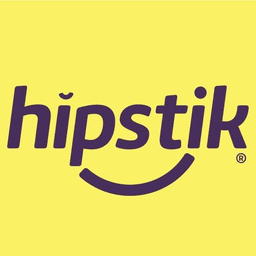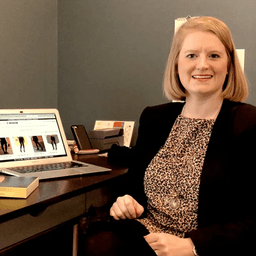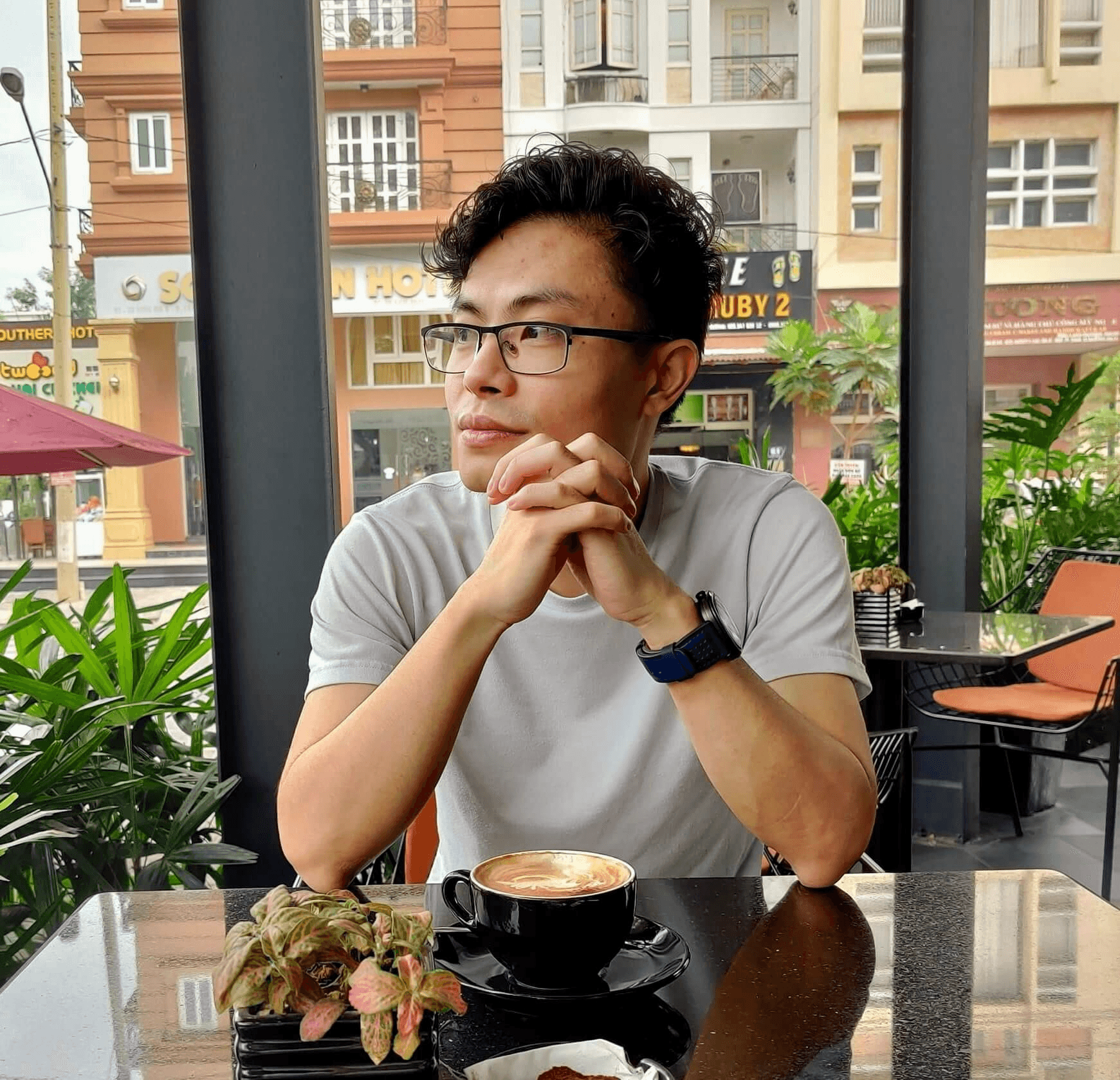How Hipstiks Redefined Hosiery and Achieved a $200K Exit with Smart SEO


Business Description
Table of Contents
Navigate through the case study sections
Executive Summary
Case Study Content
Reinventing Hosiery: How Hipstiks Made Comfort Profitable
Ask nearly any woman: tights and pantyhose are rarely comfortable. For years, getting dressed meant dealing with itchy fabrics, awkward waistbands, or confusing sizing charts that force shoppers to reveal personal stats just to get a halfway decent fit. But for Laura and Jason, this wasn't just a personal annoyance, it was a business opportunity they were uniquely equipped to attack.
From Marketing to Manufacturing in Months
Laura and Jason, a married couple from Charlotte with three decades of marketing experience combined, weren’t strangers to launching products. After years of driving other brands' campaigns, the concept hit home: why not build their own?
In early 2016, fuelled by memories of uncomfortable department store hosiery and the clear lack of improvements, the duo laid out a plan. By February, they had a business name, Hipstiks, along with a logo, brand vision, and product roadmap. Within six months, they'd landed a manufacturing partner and conducted fit tests to make sure their product delivered what competitors didn't: ease, comfort, and confidence, especially for women who always struggled to find the right fit.
Go Fast, Learn Fast: Rapid Prototyping & Early Launch
Slowing down wasn’t an option. Laura stressed the point: the quicker you get to market, the quicker you validate if buyers care. By September, Hipstiks launched online. The first customers received their orders before autumn ended. Speed was the backbone, nothing fancy, just practical action and constant adjustment. Hipstiks avoided months wasted on "perfection" and instead put a real product into real hands for direct feedback.
Product First. Then Brand Loyalty (and Happy Returns)
The women’s apparel sector was ripe for change. Even though shape-focused brands had a chokehold on the market, selling the idea you needed to squeeze into smaller silhouettes, Laura believed comfort deserved equal billing. Hipstiks’ solution? Intuitive sizing (no weight or height confessions needed), soft materials, and a waist-fitting design that worked for actual bodies. The belief paid off: after launch, the business saw a 23% customer return rate, concrete proof that buyers came back for more.
Turning a Side Hustle Into an Engine
Launching wasn't the hardest part. The real learning curve came afterward, handling operations, inventory, and cash flow, while still working their full-time agency jobs. Laura and Jason leaned on their agency-honed skills: data-driven marketing, relentless SEO, and customer engagement became daily habits. Their search engine efforts, a big bet, worked. Hipstiks drew upwards of 20,000 monthly site visitors and built up a domain authority of 36, making sure shoppers would actually find the brand.
Scaling & Seasonality: Knowing When to Sell
Many founders work until burnout, convinced a buyer will only pay "millions." Laura and Jason flipped that mindset. Early on, they wanted to sell Hipstiks. Instead of waiting for perfection or massive size, they listened to outside advisors. Sales of hosiery always spike in winter, so they listed Hipstiks at the start of the cold season. Buyers saw true, growing numbers rolling in while the sale process finished. This sharp timing, paired with the SEO-fueled web traffic, led to multiple interested parties and room to negotiate.
Selling with Flippa: A Process That Pays
Choosing Flippa as their marketplace brought a few perks: a "pay for performance" model (no big upfront fees), live integration with financials and web analytics, and a surprisingly involved partner experience. The actual negotiation wasn’t drawn out, clear stats and real-time revenue during peak months built buyer confidence. Due diligence still took time, four months from list to close, but the finish line never slipped away.
Hipstiks sold for $200,000, an outcome not just from big marketing budgets but by knowing the industry, pushing SEO daily, and acting fast on market feedback (while never overcomplicating things).
Life After the Sale: New Businesses, Same Playbook
With their exit completed, Laura and Jason didn't step away from entrepreneurship; they pivoted into running Fifty Fifty, a marketing agency built on their playbook, helping other e-commerce brands achieve repeat sales and organic growth. They keep an eye on Flippa, considering future acquisitions, but, for the moment, enjoy life as full-time agency founders with new options ahead.
Founder's Lessons Anyone Can Use
- Validate quickly, don't waste months waiting for a perfect product before launching.
- Lean on your best skills (for Hipstiks, it was SEO + direct-response copywriting).
- When selling, use seasonality and real-time revenue growth as leverage.
- Let the numbers do the talking and keep negotiations short; buyers focus on transparency and opportunity.
- Stay open to new ventures. Even after a successful exit, fresh business ideas can always be around the corner.
Hipstiks didn’t invent tights, but they did change how they’re sized, marketed, and sold. Their journey shows how real founders can create, scale, and successfully exit, even starting with a simple pain point and a side hustle budget. Take notes, cut the fluff, and move fast with customer feedback over your own hunches.
Key Takeaways
- 1Hipstiks identified and solved a long-standing problem in women's hosiery by focusing on comfort and inclusive sizing, standing out in a crowded market.
- 2Speed mattered: they took the product from idea to online store in just over six months, putting customer feedback above perfectionism.
- 3Marketing expertise, especially strong SEO work, fueled steady traffic, 20k average monthly visitors and a DA of 36 in less than two years.
- 4Strategic timing was key for their exit; listing Hipstiks at the start of peak season drove real-time growth and buyer interest.
- 5The founders began Hipstiks as a side project while maintaining full-time jobs, proving major outcomes are possible without full-time commitment at launch.
- 6The $200K exit was achieved not through outside funding, but by pairing product-market fit and digital marketing skills with operational efficiency.
Key Facts
Tools & Technologies Used
Premium Content Locked
Subscribe to access the tools and technologies used in this case study.
Unlock NowHow to Replicate This Success
Premium Content Locked
Subscribe to access the step-by-step replication guide for this case study.
Unlock NowInterested in Being Featured?
Share your success story with our community of entrepreneurs.
Explore More Case Studies
Discover other inspiring business success stories

How Roam & Thrive Earns $5K+ Monthly with Ads & Affiliate Marketing
Roam & Thrive began as a side passion for English teacher Alex Wieteska-Gasior and has grown into a thriving travel blog...
Roam & Thrive

From Burnout to $15K/Month: How Bolt AI Became a Must-Have Mac App
Bolt AI is a native Mac app created by Daniel Nguyen after three past ventures didn’t stick. Launched May 2023, it unifi...
Bolt AI

How Kat Turned Horror Movie Phobia into a $4K/Month YouTube Success
Katherine “Kat” Fogler launched a YouTube channel in September 2022 forcing herself to watch horror films despite hating...
KatWatchesHorrorMovies
